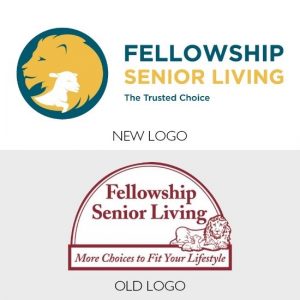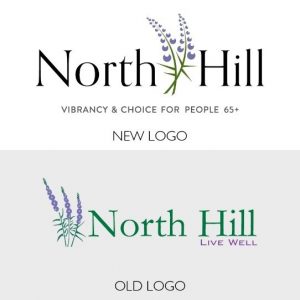The decision has been made: it’s time for your company to rebrand itself, but you don’t know where to begin. Don’t let the thought of altering your company’s image intimidate you. By following these steps, you’ll gain necessary insights on how to successfully roll out a rebranding.
1. Come to a Consensus
A full rebrand of your company is no small task. Given the thought, manpower and resources that go into refreshing a brand, it’s important for all the internal stakeholders to understand and buy into the reason(s) for the rebrand. Some of the reasons your company may consider for rebranding include:
- A merger, takeover or acquisition
- A change in your target market
- The need to differentiate from competitors
- Branding that is outdated or no longer reflects your company
- A change in the products or services your company offers
The important thing is to ensure that a rebrand — not another tactic — is the right solution for the business problem that you are trying to solve and that all parties involved are clear on why a rebranding is necessary.
2. Do Your Research and Gather Input

The end result of a collaboration between Creating Results and Fellowship Senior Living (NJ) to modernize the community’s logo while keeping an essential element of the brand: the lion and the lamb.
What feelings do you want your brand to invoke in people? Connect with key players in the organization, whether through one-on-one or group conversations, surveys or other means, and collect their insights on how they perceive the brand and how they would like others to perceive it.
Next, find out if external parties think about your brand the way that internal stakeholders want them to. You’ll want to address any disconnect as you are rebranding. For example, members of the C-suite want your 65+ community to be seen as vibrant and trendy, but prospects see it as a “nursing home.” To change their perception, your brand you may have to address logos, taglines, color palettes, mission and core values statements, voice and tone, imagery and even your community’s name.
Before moving forward with any changes to the brand, use the research and input phase to evaluate how some of your competitors are branding themselves. Take note of the elements of their branding and consider how they are positioning themselves in the market. Then identify ways in which you can express your unique value proposition that will resonate with your target market. It’s possible for multiple competitors in the same space to have similar looks due to the nature of their businesses, but you want to differentiate your brand so that it stands and is immediately recognizable to prospects.
3. Think Aspirational, Not Tactical, When Rebranding

Creating Results’ refresh of the North Hill logo included a new tagline that spoke to the aspirations of today’s 65+ consumer.
Once you’ve done your homework and gathered the input you need, it’s time to begin repositioning your brand and bringing life to a new identity. Current trends suggest that the senior living industry is moving toward more aspirational and less tactical branding. One example of this is when senior living operator American Baptist Homes of the West (a tactical name) changed its name to HumanGood (a more aspirational name).
If you want to shed some of the less favorable perceptions of your community, this is your chance. Whether your community is immersed within the arts, moving forward with technology or part of a trendy new neighborhood, what people experience when they interact with your new brand should reflect this. Aspirational branding is what can transform the perception of your brand from just a product to an immersive lifestyle in which fulfilling experiences await.
4. Develop Your Brand Guide
Developing a brand guide is an essential step in solidifying your identity and answering many of your internal marketing questions. Your brand guide should highlight elements such as goals, mission statements, key messages, editorial guidelines, design guidelines, and prospect personas. A brand guide will ensure consistency throughout all your marketing materials. Your team should refer to it when there are uncertainties about some of the dos and don’ts of your new brand.
5. Roll Out the new Brand!
Now for the exciting part: introducing your new brand to the world! Unveiling a new brand is a gradual process and one that requires communicating with multiple audiences. The first audience you’ll want to present to is your internal team. While the entire team most likely won’t be involved in the rebranding process, everyone can play a role in moving the brand forward. Get the team excited about the company’s new look and feel, and make sure that all members are well-versed in the new key messages as well as any other elements of the company that were altered during the rebrand. This ensures they will be able to represent the new brand with confidence moving forward.
When communicating with outside stakeholders and prospects, do away with any brochures and other collateral that promote the old brand — you don’t want those materials to find their way into the market after all the hard work and effort it took to rebrand. Anything that has your old brand on it should be redesigned/reprinted to include the new one. Also, be transparent about the rebranding with outside stakeholders and prospects. Promote it on all of your digital channels (website, social media, etc.) for maximum effect.
While change is seldom easy, a successful rebrand could be just what your company needs to propel itself forward. Just be sure you follow the necessary steps to ensure your new brand is one that both you and your prospects will love!
Learn More in an Upcoming Webinar!
Sign up for our next webinar, Repositioning Your Payer Mix, to gain additional insights on how you can successfully reposition your community: http://bit.ly/payer-mix



